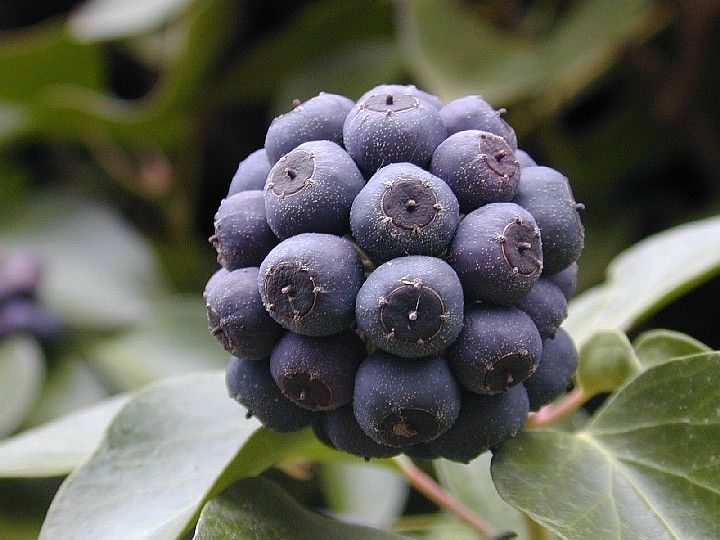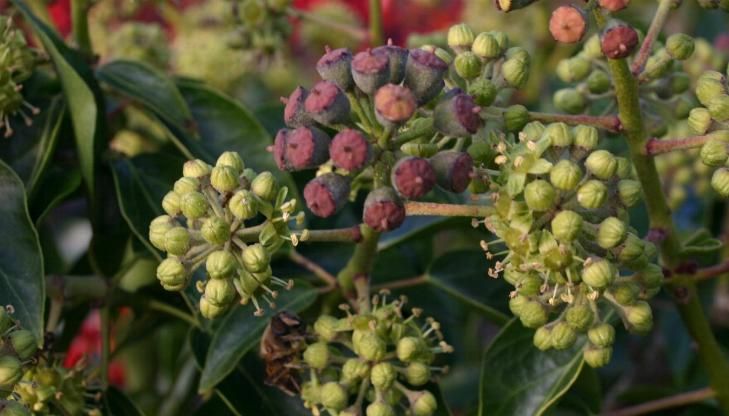Watch out for poisonous plants! # 2 Common Ivy
Another poisonous plant that is quite common is ivy - Hedera helix.
This characteristic climber is probably known to everyone who is slightly interested in nature.
Occurs in forests all over Poland.
Outside the natural range of Europe and Asia Minor is an invasive species.
Saponins are responsible for its toxic properties, which are irritating to the skin and conjunctiva of the eyes.
After ingestion, there may be burning sensation in the mouth and throat, and with larger amounts, breath retention.
In addition to humans, ivy is also toxic to cattle, chickens, dogs, roe deer and sheep.
Interestingly, it also works healing if, of course, the dose is not exceeded.
Healing effect
internally
- extracts were used in folk medicine as an expectorant for upper respiratory tract infection, cholagogue, anti-bone and anti-inflammatory, the bark was used to treat syphilis.
- studies have confirmed the effectiveness of treatment for chronic bronchitis.
- today, extracts are still used due to expectorant, antispasmodic and anti-fungal properties in expectorant drugs.
- mechanism of spasmolytic (diastolic) action, reduction of smooth muscle contraction and bronchodilation as well as antibacterial activity and has been proven to be effective in biological and biophysical research.
- extracts have promising antifungal activity against Candida albicans and antiparasitic.
- expectorant properties of saponins are explained by direct stimulation of the vagus nerve in the stomach.
- stimulate menstrual bleeding in women and show weak antimitotic and even anti-cancer properties.
applies externally to
- painful places in patients with rheumatoid arthritis, in mixtures with tansy, wormwood and walnut leaves against head lice and scabies.
- Ivy leaves are also used in herbal mixtures to prepare infusions used in the form of compresses for cellulitis or acne, eczema, eczema, hives and frostbite.
- also has cardiac and sedative effects.
- ok with fresh shoots is used to make homeopathic preparations.
- Ivy extracts are used externally as an auxiliary to the joint artery.
Dosage
- It is recommended to use only ready-made preparations available in pharmacies and strictly adhere to the dosage method given in the leaflet or on the packaging.
- The use of home preparations or doses higher than recommended may cause gastrointestinal irritation, vomiting and diarrhea.
- The recommended dose is 1.5 g leaves twice a day. Pregnancy is a contraindication.

Another, already more optimistic curiosity is the fact that ivy leaves are arranged in such a way as not to cover each other.
It is an evergreen plant.
It blooms late, only in September, and the scent of flowers attracts numerous insects.
Common ivy is grown as a potted plant, ground cover, park plant.
It is undemanding in cultivation, and its value is increased by the variety of cultivars of various shapes and colors of leaves, growth methods and requirements.
Thank you. info from wikipedia
